![微分几何中的度量结构 [Metric Structures in Differential Geometry]](https://pic.windowsfront.com/11647750/54e1b516Nb0f8da58.jpg)

具体描述
内容简介
This text is an elementary introduction to differential geometry. Although it was written for a graduate-level audience, the only requisite is a solid back-ground in calculus, linear algebra, and basic point-set topology.The first chapter covers the fundamentals of differentiable manifolds that are the bread and butter of differential geometry. All the usual topics are covered, culnunating in Stokes' theorem together with some applications. The stu dents' first contact with the subject can be overwhelming because of the wealth of abstract definitions involved, so examples have been stressed throughout. One concept, for instance, that students often find confusing is the definition of tangent vectors. They are first told that these are derivations on certain equiv-alence classes of functions, but later that the tangent space of Rl is "the same" as Rn. We have tried to keep these spaces separate and to carefully explain how a vector space E is canonically isomorphic to its tangent space at a point. This subtle distinction becomes essential when later discussing the vertical bundle of a given vector bundle.
内页插图
目录
PrefaceChapter 1.Differentiable Manifolds
1.Basic Definitions
2.Differentiable Maps
3.Tangent Vectors
4.The Derivative
5.The Inverse and Implicit Function Theorems
6.Submanifolds
7.Vector Fields
8.The Lie Bracket
9.Distributions and Frobenius Theorem
10.Multilinear Algebra and Tensors
11.Tensor Fields and Differential Forms
12.Integration on Chains
13.The Local Version of Stokes' Theorem
14.Orientation and the Global Version of Stokes' Theorem
15.Some Applications of Stokes' Theorem
Chapter 2.Fiber Bundles
1.Basic Definitions and Examples
2.Principal and Associated Bundles
3.The Tangent Bundle of Sn
4.Cross—Sections of Bundles
5.Pullback and Normal Bundles
6.Fibrations and the Homotopy Lifting/Covering Properties
7.Grassmannians and Universal Bundles
Chapter 3.Homotopy Groups and Bundles Over Spheres
1.Differentiable Approximations
2.Homotopy Groups
3.The Homotopy Sequence of a Fibration
4.Bundles Over Spheres
5.The Vector Bundles Over Low—Dimensional Spheres
Chapter 4.Connections and Curvature
1.Connections on Vector Bundles
2.Covariant Derivatives
3.The Curvature Tensor of a Connection
4.Connections on Manifolds
5.Connections on Principal Bundles
Chapter 5.Metric Structures
1.Euclidean Bundles and Riemannian Manifolds
2.Riemannian Connections
3.Curvature Quantifiers
4.Isometric Immersions
5.Riemannian Submersions
6.The Gauss Lemma
7.Length—Minimizing Properties of Geodesics
8.First and Second Variation of Arc—Length
9.Curvature and Topology
10.Actions of Compact Lie Groups
Chapter 6.Characteristic Classes
1.The Weil Homomorphism
2.Pontrjagin Classes
3.The Euler Class
4.The Whitney Sum Formula for Pontrjagin and Euler Classes
5.Some Examples
6.The Unit Sphere Bundle and the Euler Class
7.The Generalized Gauss—Bonnet Theorem
8.Complex and Symplectic Vector Spaces
9.Chern Classes
Bibliography
Index
前言/序言
用户评价
坦白说,这本书的难度是摆在那里的,它绝非是那种可以在咖啡馆里轻松翻阅的休闲读物。某些章节,比如关于调和形式和德拉姆上同调与度量张量的相互作用的探讨,需要读者投入大量时间进行反复咀嚼。然而,正是这种挑战性,使得最终的收获显得尤为珍贵。作者的行文风格趋于内敛和克制,不使用过多华丽的辞藻,每一个定理的陈述都直击核心,证明过程详略得当,既保证了逻辑的完整性,又避免了不必要的冗余。我个人认为,这本书更适合作为研究生或高年级本科生的核心参考书,如果作为第一本微分几何入门读物,可能需要配合大量的辅导材料或导师的指导。但对于已经具备扎实微积分和线性代数基础的读者而言,它无疑是一座通往更深奥几何殿堂的坚固桥梁,每一步攀登都充满了对数学之美的敬畏。
评分这本书的封面设计着实引人注目,那种深邃的靛蓝色背景,仿佛将人瞬间拉入一个由曲线和曲面构筑的抽象宇宙。初次翻阅,我立刻被其严谨的逻辑脉络所吸引。作者似乎拥有一种化繁为简的魔力,将那些在其他教材中晦涩难懂的概念,用一种极其清晰、层层递进的方式娓娓道来。尤其是关于黎曼度量的引入部分,作者并没有急于抛出复杂的张量运算,而是先从直观的内积概念入手,逐步过渡到流形上的内积,这种循序渐进的教学方式,对于初学者来说简直是福音。我发现,许多我过去理解模糊的地方,在阅读完相关章节后豁然开朗。书中对经典微分几何概念的阐述,既保持了数学上的精确性,又兼顾了物理直觉的培养,让人在学习的过程中能够不断地与现实世界中的几何直观建立联系。整体阅读体验下来,感觉就像是跟随一位经验丰富的向导,在错综复杂的几何迷宫中,被精准地引导向每一个关键的转折点。
评分这本书的深度和广度令人印象深刻,它不仅仅是一本教科书,更像是一部结合了历史梳理和前沿探索的学术专著。不同于市面上许多只关注欧氏空间推广的著作,此书对一般流形上的各种结构进行了详尽的讨论,特别是对规范不变性和共变导数的处理,展现了作者深厚的理论功底。我特别欣赏书中对各种“度量”概念的细致区分和比较,例如伪黎曼度量、辛结构与复结构的兼容性探讨,这些内容在本科阶段的教材中是极为罕见的。每当我对某一理论感到困惑时,总能从书后的拓展阅读建议中找到进一步深挖的方向。排版方面也做得相当出色,公式的对齐和符号的规范使用,极大地降低了阅读疲劳。对于有志于深入研究广义相对论或拓扑场论的读者来说,这本书提供的理论基础无疑是坚实且无可替代的,它为理解更高维、更抽象的空间结构奠定了坚实的基础。
评分阅读过程中,我最大的感受是作者对几何直观保持的执着。尽管主题是抽象的微分几何,但书中穿插的几何图像和例子,有效地“锚定”了抽象的数学语言。例如,在讲解测地线偏离方程时,作者没有停留在代数形式的推导,而是巧妙地结合了体积膨胀因子和法向截面曲率的概念,使得读者能“看到”相邻测地线如何因空间弯曲而相互远离或靠近。这种结合代数严谨性和几何洞察力的叙述方式,极大地提升了学习效率。此外,书中对李群和李代数在几何结构中的作用的讨论,也处理得非常精妙,将代数结构的美感融入到微分几何的框架之中。对于那些希望通过几何来理解代数结构,或通过代数工具来解析复杂几何问题的读者,这本书无疑提供了一个绝佳的视角转换平台,其叙事节奏张弛有度,引人入胜。
评分这本书在工具书的实用性方面表现得淋漓尽致。它的价值不仅仅在于理论的构建,更在于它系统地总结了处理流形上各种几何对象的标准方法和技巧。我尤其喜欢其中关于张量分析和外微分形式的运算规则的总结部分,其编排清晰,极大地方便了在处理具体问题时的查阅。许多证明中的关键引理或中间步骤,作者都以脚注或旁注的形式单独列出,使得主体论证线索保持流畅的同时,也为需要细节的学生留下了充足的探索空间。与某些偏重于拓扑或纯代数处理的同类书籍相比,这本书更贴近“度量”这个核心概念,对空间内部距离、角度和体积的内在度量机制进行了深入的挖掘。总而言之,这是一部结构完整、论证严密、且具备极高参考价值的经典之作,值得所有对几何结构感兴趣的数学家和物理学家珍藏。
评分GTM系列的书,很棒!
评分很好很适合学生老师阅读
评分书有点薄。
评分GTM系列的书,很棒!
评分很好很适合学生老师阅读
评分内容很经典,叙述清晰。是一部学习微分流形和纤维丛的入门书籍,从矩阵微分几何的观点出发研究纤维丛,讨论了欧几里得丛;黎曼连通;曲率和Chern-Weil理论;也包括Pontrjagin, Euler, 和Chern 的向量丛特征类,并通过球上的丛详细阐释了这些概念。目次:微分流形;纤维丛;同伦群和球上的丛;连通和曲率;度量结构;特征类。
评分质量不错。好评
评分本书是 2004 年由斯普林格出版社推出,今年初由世界图书做了面前的这个影印版。本书的内容实质是微分流形和纤维丛的很基本的理论。这本书是根据作者给研究生上课的讲义修改完成的,适合高年级的本科生和研究生阅读,是比本的微分几何著作,写的也清晰。本书有165个习题,不容易,有点费劲
评分书没看,是替人买的,这个系列是专业必备书
相关图书
本站所有内容均为互联网搜索引擎提供的公开搜索信息,本站不存储任何数据与内容,任何内容与数据均与本站无关,如有需要请联系相关搜索引擎包括但不限于百度,google,bing,sogou 等
© 2025 book.coffeedeals.club All Rights Reserved. 静流书站 版权所有

![物理学研究生丛书:分数阶微积分(影印版) [Advances in Fractional Calculus:Theoretical Developments and Applications in Physics and Engineering] pdf epub mobi 电子书 下载](https://pic.windowsfront.com/11659548/55053113Nd07f8d64.jpg)


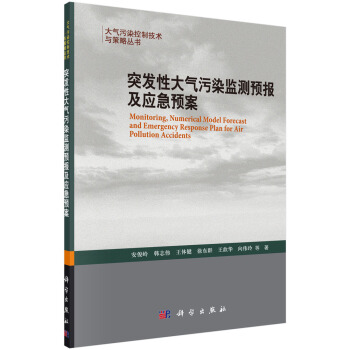
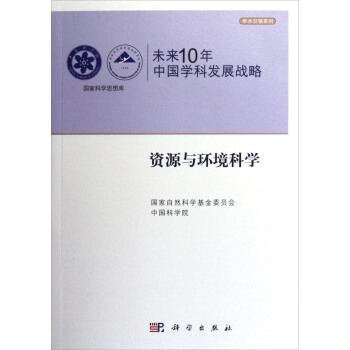

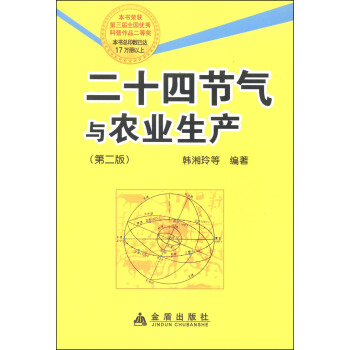

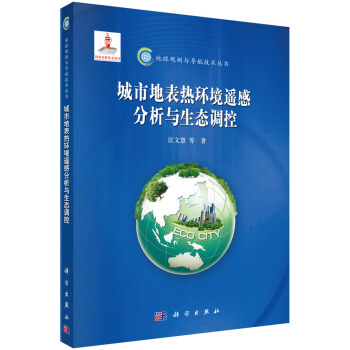
![中国哺乳动物多样性及地理分布 [China's mammal diversity and geographic distribution] pdf epub mobi 电子书 下载](https://pic.windowsfront.com/11756454/55f2adc5N8e14cac8.jpg)
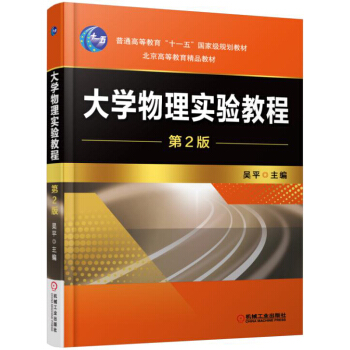

![CARIS HIPS多波束测量数据后处理教程 [Multibeam Data Processing Tutorial of Caris Hips] pdf epub mobi 电子书 下载](https://pic.windowsfront.com/11790675/56301757N4e0f75e8.jpg)
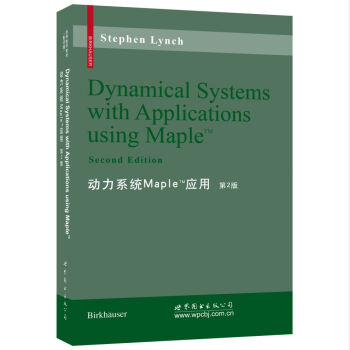
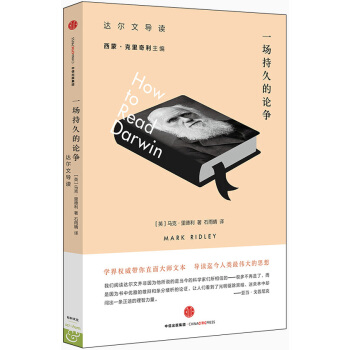



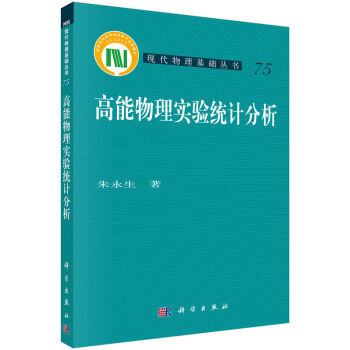
![生命科学实验指南系列:人干细胞培养 [Culture of Human Stem Cells] pdf epub mobi 电子书 下载](https://pic.windowsfront.com/11883030/57431b72N80f9d8d4.jpg)